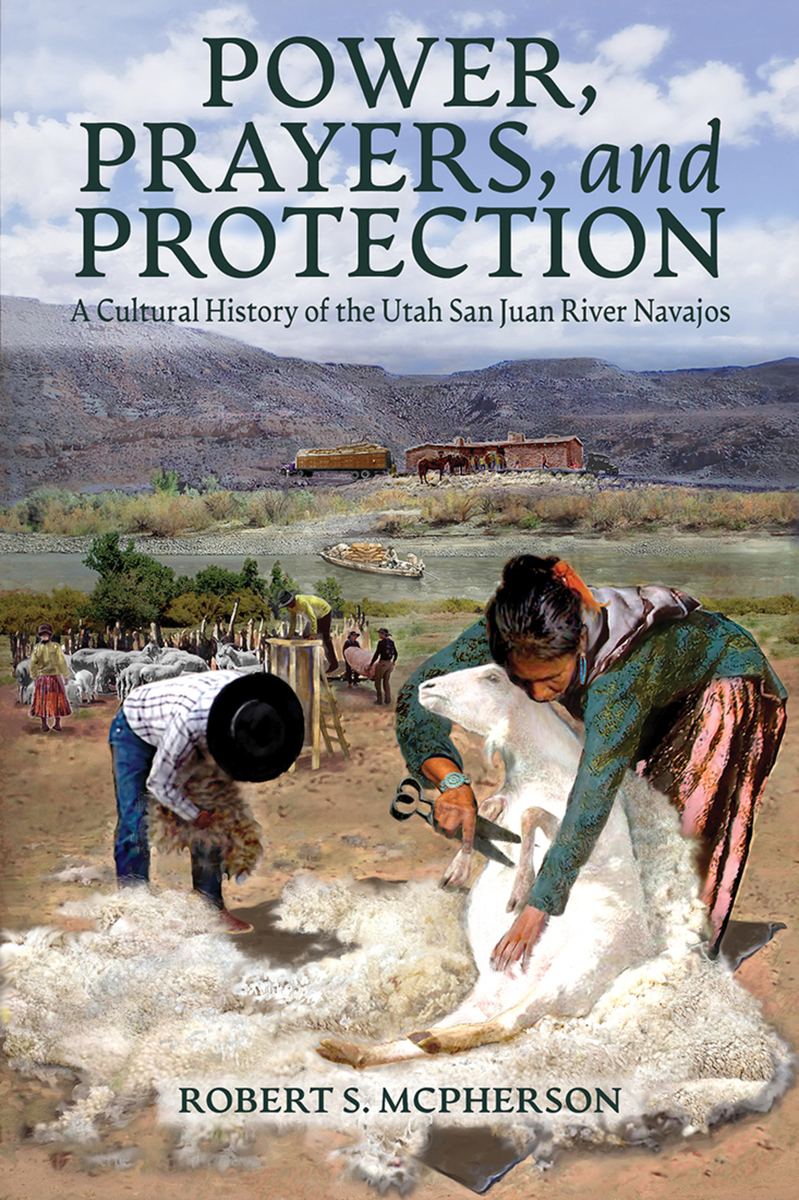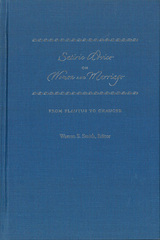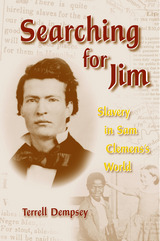Power, Prayers, and Protection: A Cultural History of the Utah San Juan River Navajo
University Press of Colorado, 2022
Paper: 978-1-64642-615-7
See other books on: Cultural History | McPherson, Robert S. | Prayers | Protection | Southwest (AZ, NM, OK, TX)
See other titles from University Press of Colorado
Paper: 978-1-64642-615-7
ABOUT THIS BOOK | AUTHOR BIOGRAPHY | REQUEST ACCESSIBLE FILE
ABOUT THIS BOOK
The San Juan River Navajos—residing in the vicinity of Aneth, Montezuma Creek, Bluff, and Tódahidíkáanii—have a fascinating history shaped, in part, by the water they lived near and the land they depended on. Circumscribed by sacred narratives and traditional teachings, the Diné forged a life in this high desert landscape while facing challenges from the environment as well as their neighbors—Utes, Paiutes, Mormons, cowboys, miners, evangelists, agents, government farmers, military personnel, educators, and entrepreneurs of all kinds. Their life has been one of confrontation, change, and adaptation as they explored new paths into the future.
Navajo oral tradition is rich in stories and themes that form the basis for ceremonial performance. Everything that is physical, emotional, or spiritual has been placed in this world by the holy people at the time of creation, a process recognized in these accounts and teachings. Each chapter references sacred narratives that provide power through prayers that bring protection and a path for believers to follow. Topics include life on the river before and during the introduction of the white man, efficacy of the chantways, teachings of medicine people, childhood memories, arrival of trading posts, encounters with the automobile and other technology, livestock reduction and its aftermath, and the development of the Aneth oilfield with its ensuing protests. This is the Navajo elders’ story as seen through their eyes and told in their voice.
Navajo oral tradition is rich in stories and themes that form the basis for ceremonial performance. Everything that is physical, emotional, or spiritual has been placed in this world by the holy people at the time of creation, a process recognized in these accounts and teachings. Each chapter references sacred narratives that provide power through prayers that bring protection and a path for believers to follow. Topics include life on the river before and during the introduction of the white man, efficacy of the chantways, teachings of medicine people, childhood memories, arrival of trading posts, encounters with the automobile and other technology, livestock reduction and its aftermath, and the development of the Aneth oilfield with its ensuing protests. This is the Navajo elders’ story as seen through their eyes and told in their voice.
See other books on: Cultural History | McPherson, Robert S. | Prayers | Protection | Southwest (AZ, NM, OK, TX)
See other titles from University Press of Colorado












